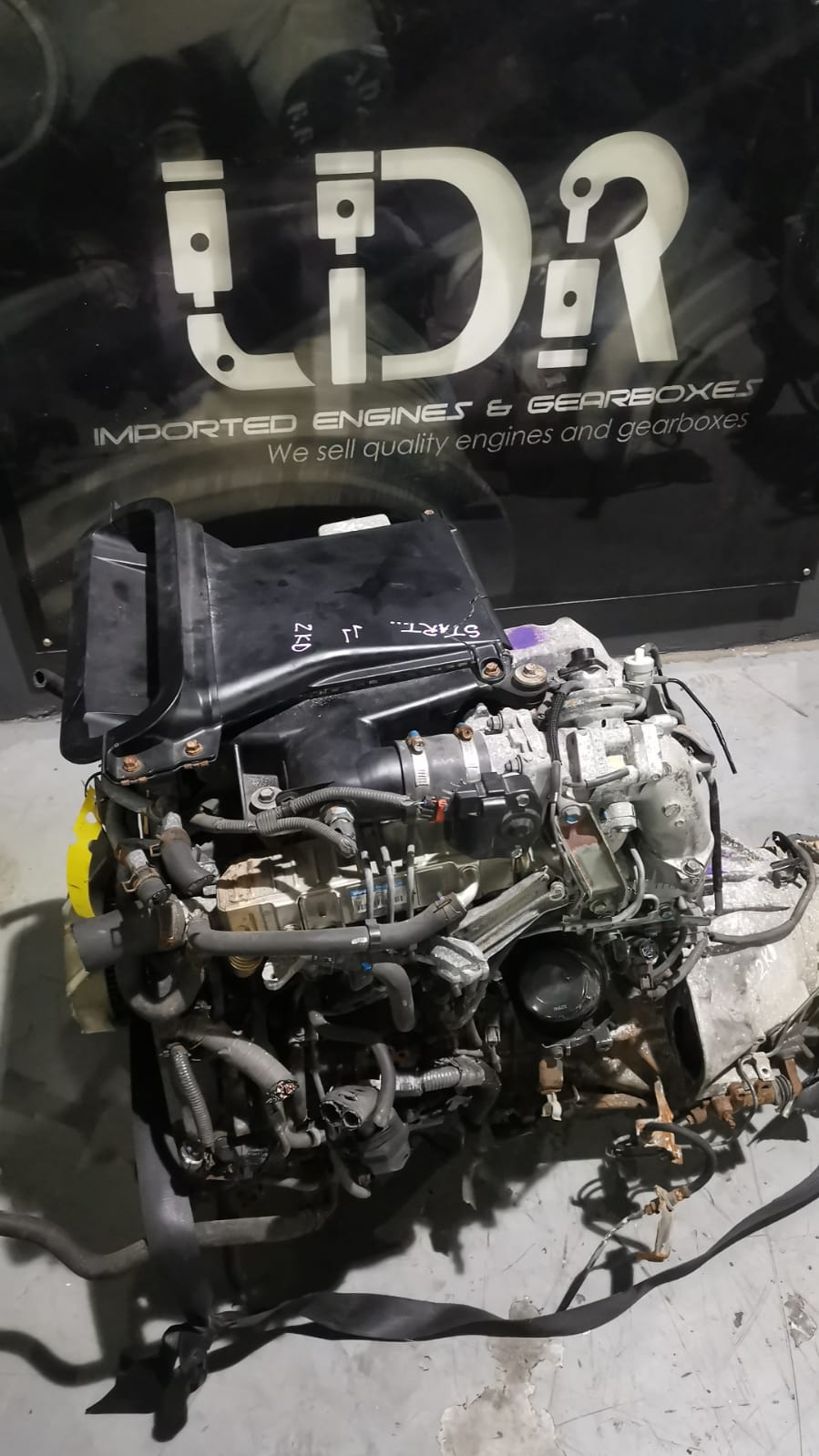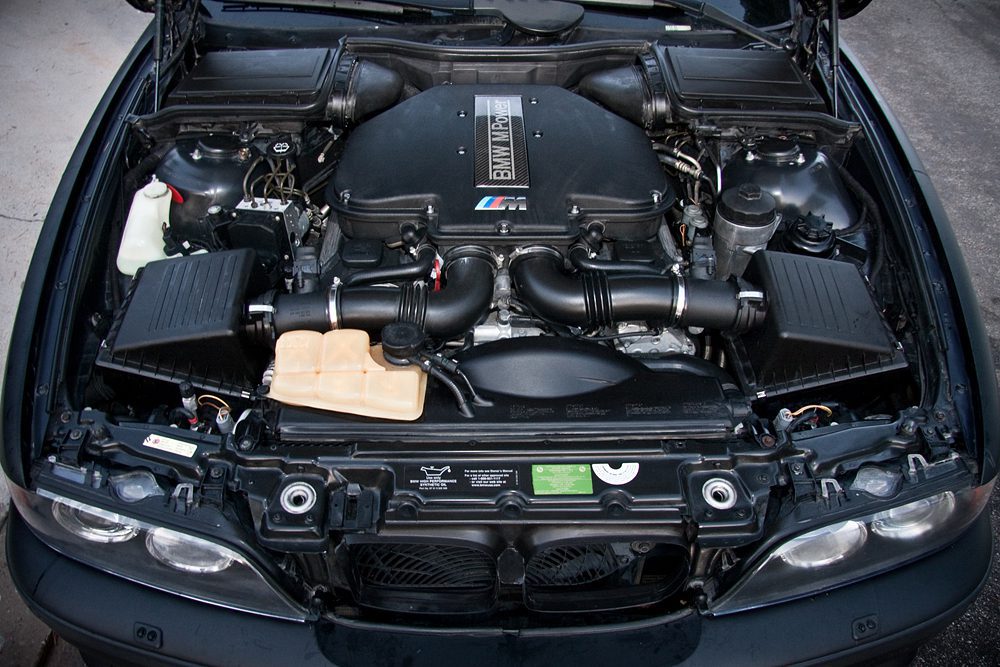Exploring the Inner Operation of a Compact Automobile's Engine System
As motorists, we typically take for approved the detailed procedures that happen within the confines of our lorry's engine system. The portable yet complicated machinery that moves us forward is a wonder of engineering accuracy and sychronisation. From the controlled surges in the combustion chamber to the thorough timing of gas injection, every element plays an important role in the smooth procedure of the engine. In this exploration of a portable car's engine system, we will certainly decipher the internal functions of this mechanical harmony, dropping light on the mysteries that drive us ahead on our daily trips.
Burning Process Introduction
The burning procedure in a compact automobile's engine system is a crucial device that efficiently transforms fuel right into energy to power the car. This procedure occurs within the combustion chamber of the engine, where fuel and air mix, spark, and generate controlled explosions. The combustion procedure includes 4 main stages: consumption, exhaust, power, and compression.
Throughout the intake stage, the piston moves downward, attracting in a mixture of air and fuel right into the burning chamber. This downward motion creates the power needed to drive the car. This cyclic burning procedure is fundamental to the operation of a small lorry's engine system, ensuring effective power conversion for propulsion.
Piston and Cyndrical Tube Interaction

The piston's precise fit within the cylinder is important for preserving ideal compression and stopping power loss during burning. Limited clearances between the piston and cylinder walls ensure efficient sealing, permitting the piston to move smoothly without enabling gases to leak past. Proper lubrication is also vital to reduce rubbing and put on in between these elements, improving durability and performance.
Additionally, the design and materials used in manufacturing the piston and cylinder effect engine effectiveness and longevity. Modern engines usually use light-weight yet long lasting materials like aluminum alloys for pistons and cyndrical tube liners to decrease inertia and enhance thermal performance. Generally, the harmonious interaction in between the piston and cylinder is fundamental to the engine's capability and general performance.
Fuel Injection System Performance
Fuel shot systems in portable car engines play a crucial role in exactly delivering fuel to the burning right here chamber for regulated and effective ignition. The gas injection system functions by injecting gas into the burning chamber at the ideal moment throughout the engine's operation (opel corsa engine). This exact timing makes sure that the gas mixes equally with the air for correct burning, leading to boosted fuel performance and decreased exhausts
There are mainly 2 sorts of gas injection systems utilized in portable car engines: port gas injection (PFI) and direct gas injection (DFI) PFI systems inject fuel into the consumption port prior to the intake valve, while DFI systems inject gas directly into the burning chamber. Both systems have their advantages, with DFI supplying better gas atomization and PFI giving a more cost-efficient service.
Comprehending Engine Air Conditioning Systems
Efficient operation of a portable automobile's engine depends heavily on the effectiveness of its cooling devices. The air conditioning system in a small car usually consists of several parts working together to manage the engine temperature level. Understanding these engine cooling devices is crucial for preserving the performance and long life of a small vehicle's engine system.

Exhaust System Parts Explained
The ideal functioning of a portable automobile's engine cooling mechanisms relies on a complementary system referred to as the exhaust system, which consists of different vital components for making certain effective emissions and engine efficiency. The exhaust system includes parts such as the exhaust manifold, catalytic converter, muffler, and tailpipe. The exhaust manifold gathers exhaust gases from the engine's cylinders and courses them to the catalytic converter. The catalytic converter then transforms damaging pollutants in the exhaust right into less dangerous emissions prior to releasing them via the muffler and tailpipe.
One vital component of the exhaust system is the oxygen sensing unit, which monitors the oxygen levels in the exhaust gases to aid regulate fuel intake and guarantee optimum engine performance. opel corsa engine. Furthermore, the resonator might be existing in some exhaust systems to decrease sound degrees. In general, the exhaust system plays a crucial role in preserving engine performance, decreasing unsafe emissions, and making sure a quieter driving my latest blog post experience for portable vehicle owners

Conclusion
Finally, the small lorry's engine system is a complex combination of elements that function together to help with the burning process, transform fuel into energy, and remove waste gases. Recognizing the internal workings of the engine visit here system, consisting of the piston and cylinder interaction, gas shot system, engine air conditioning devices, and exhaust system components, is vital for maintaining optimal efficiency and effectiveness of the car.
The combustion process in a portable vehicle's engine system is an important device that efficiently converts fuel into energy to power the vehicle.Fuel injection systems in compact vehicle engines play a crucial role in precisely delivering fuel to the burning chamber for regulated and reliable ignition.There are mostly 2 types of fuel injection systems used in portable lorry engines: port gas shot (PFI) and direct fuel injection (DFI) Recognizing these engine air conditioning systems is crucial for preserving the performance and longevity of a portable lorry's engine system.
The ideal functioning of a compact vehicle's engine air conditioning mechanisms depends on a corresponding system understood as the exhaust system, which makes up various essential parts for making certain effective discharges and engine performance.